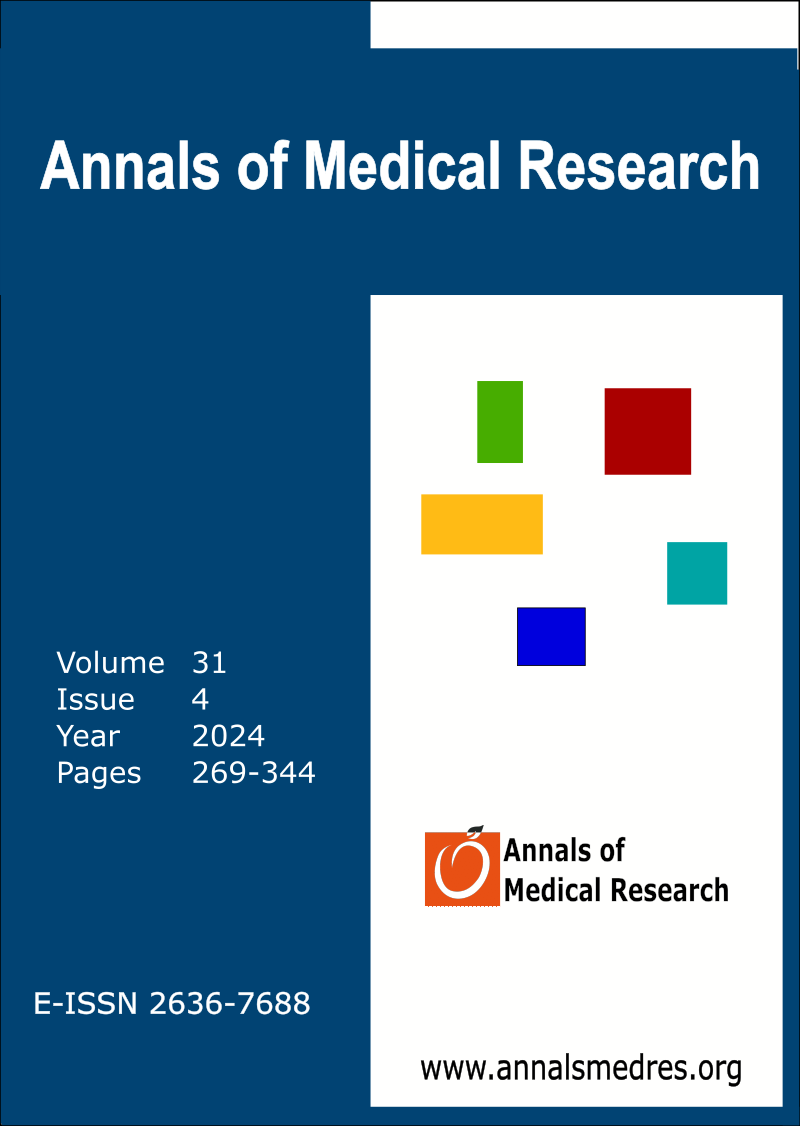Clinical demonstration of the relationship between cervical subcutaneous fat tissue thickness and obesity
Keywords:
Neck circumference, Waist circumference, Obesity, Cervical disc herniation, OverweightAbstract
Aim: Neck pain is an important complaint in neurosurgery practice and is observed with a frequency of 30-50% throughout life. The most common complaint of working women who apply to the doctor is neck pain. Obesity is known as a common disease in recent years and traditional measurements are used in its evaluation in practice. In this research, we aimed to show the relationship between obesity in patients with neck pain that may accompany cervical disc herniation. We examined the usability of neck circumference measurement in indicating obesity.
Materials and Methods: This study was made on 100 patients aged between 20 and 70, after determining the Sample Size with Power Analysis. The presence of cervical disc herniation and the thickness of the cervical subcutaneous adipose tissue were measured and recorded on Magnetic Resonance Imaging. Neck circumference measurements of the patients were compared with waist circumference measurements. The data collected for the study were recorded using the SPSS 22 program and analysed in the same program.
Results: 55% of the patients had disc herniation and 38% had an additional chronic disease. Individuals with a cervical herniated disc had higher waist circumference and subcutaneous asymptote tissue values than those without (p<0.01). BMI values of individuals with a cervical herniated disc were found to be higher than those without (respectively, 30.47±4.93, 27.77±4.60, p=0.023). A positive linear correlation was found between the BMI values of the patients, neck circumference, waist circumference and subcutaneous adipose tissue (p<0.05 core coefficient 0.676&0.750&0.463, respectively).
Conclusion: Neck circumference measurement, which is a simple and fast method, we can diagnose obesity. We saw that in our study, as in many cases, obesity was observed more frequently with cervical disc herniation, especially in women.
Downloads
Published
Issue
Section
License
Copyright (c) 2024 The author(s)

This work is licensed under a Creative Commons Attribution-NonCommercial-NoDerivatives 4.0 International License.
CC Attribution-NonCommercial-NoDerivatives 4.0






